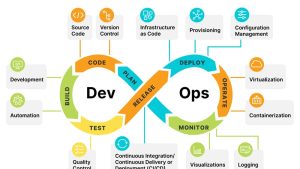Understanding Key Differences In Retail & E-Commerce Packaging
Grasping the differences between retail and e-commerce packaging is crucial for businesses aiming to enhance their packaging tactics and boost their profits. Retail packaging focuses on drawing in consumers and safeguarding the products. It serves as a vital link between customers and physical stores, boasting vibrant designs, focused colors, and standout features to captivate shoppers. These elements heavily influence consumer decisions and highlight the significant impact of packaging on purchasing behaviors. Additionally, retail packaging needs to be durable to handle the physical demands of transportation.
E-commerce packaging, on the other hand, emphasizes protecting the items during transit from the warehouse to the customer’s doorstep. It typically uses sturdy materials like corrugated cardboard or bubble wrap to ensure a safe delivery. While visual appeal might be less emphasized for e-commerce packaging, it’s still crucial. Adding branded imagery and ensuring a delightful unboxing experience can strengthen brand loyalty and motivate customers to shop again.
Businesses are aware that a distinctive unboxing experience is key to fostering customer loyalty and satisfaction in e-commerce. Thus, e-commerce packaging should not only secure the product but also resonate with the brand’s identity and offer a memorable consumer experience. In this context, integrating automation conveyors can greatly enhance the packaging process, making it more efficient and consistent.
For those interested in diving deeper into the nuances between e-commerce and retail packaging, along with best practices, the detailed resource below offers extensive insights.








